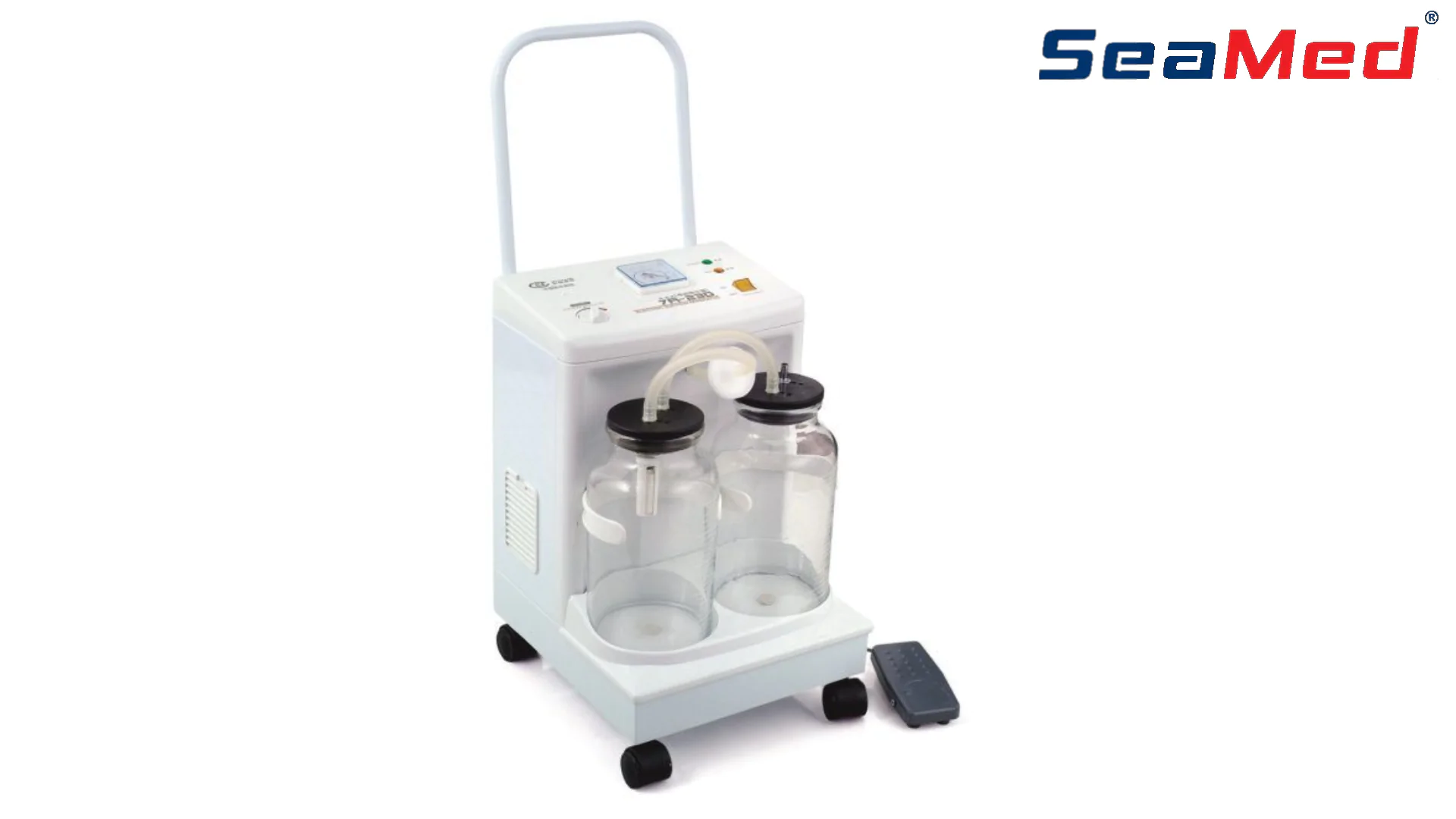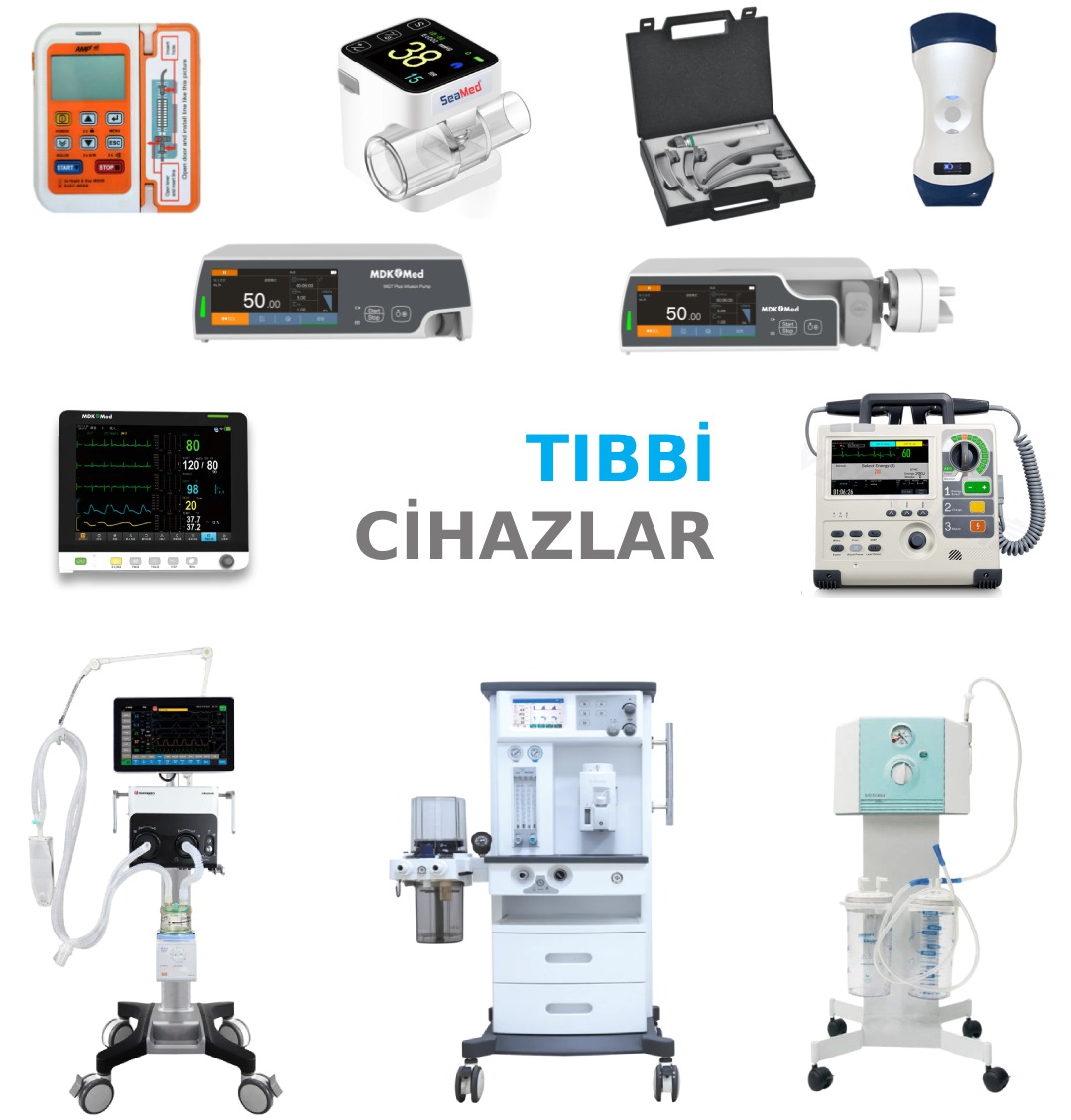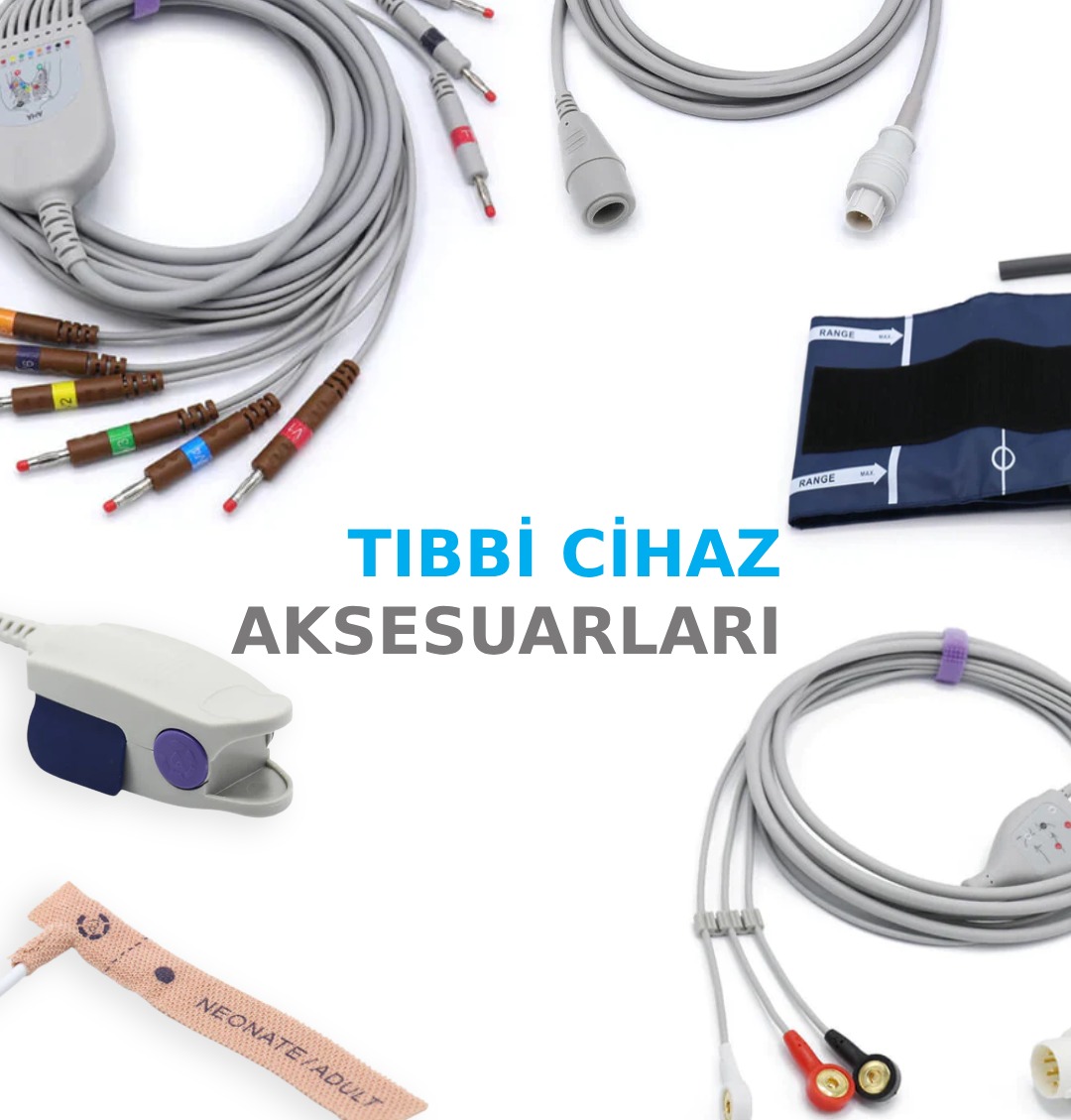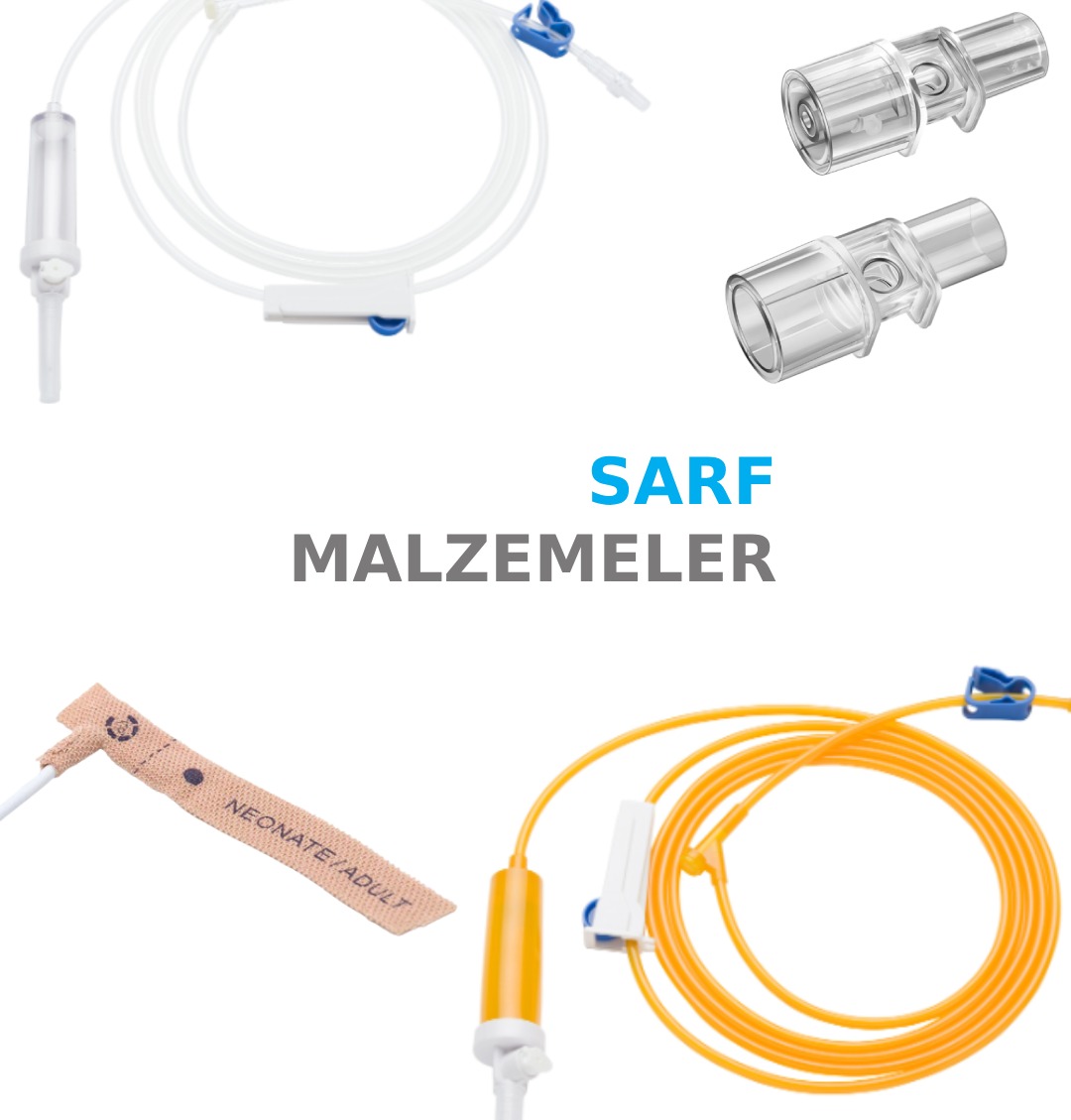
SEAMED 7A-23D SURGICAL ASPIRATOR
- Easy Response in Case of Emergency
- Overflow Protection Float
- 2x2.5 lt Aspirator Jar
- 40 lt/min Flow Capacity
- 0-750 mmHg Vacuum
- Wheeled System
- MSF Filter
- Direct Passage Between Jars with Change-Over Valve
- Vacuum Indicator
Surgical aspirators are important surgical devices used to clean and absorb fluid, blood, secretion or other tissue debris from surgical areas. These aspirators help surgeons maintain a clear view during surgical interventions and keep the operating field clean. They can also be used to drain accumulated fluids or dissolve blockages in body cavities.
The working principle of surgical aspirators is based on absorbing liquids and other materials by creating negative pressure. These devices use a motor or pump that creates a suction force. Surgical aspirators are usually connected to a vacuum source and inserted into the surgical field or body cavity through a suction tip or tube. The aspiration process takes place by drawing the liquids and materials passing through the suction tip into the device with the negative pressure created from the vacuum source. Surgical aspirators may include a filter or separator system to collect liquids or materials into a collection chamber.
Technically, the suction speed, suction power, vacuum level and other parameters of surgical aspirators usually have adjustable features. These devices can be adjusted to suit the surgical procedure and needs. Additionally, due to the need for sterilization in surgical aspirators, it is common for them to be made of stainless steel or special materials.
Medical terms for surgical aspirators include terms such as vacuum level, suction speed, suction power, suction tip, suction tube, collection chamber, separation system, filter and sterilization. These terms are used to describe the device's specifications and functions.
As a result, surgical aspirators are important tools for cleaning surgical fields and suctioning out fluids, blood, and other tissue debris. These devices help perform surgical interventions successfully, while also reducing the risk of infection and providing a clear view of the surgical field.



